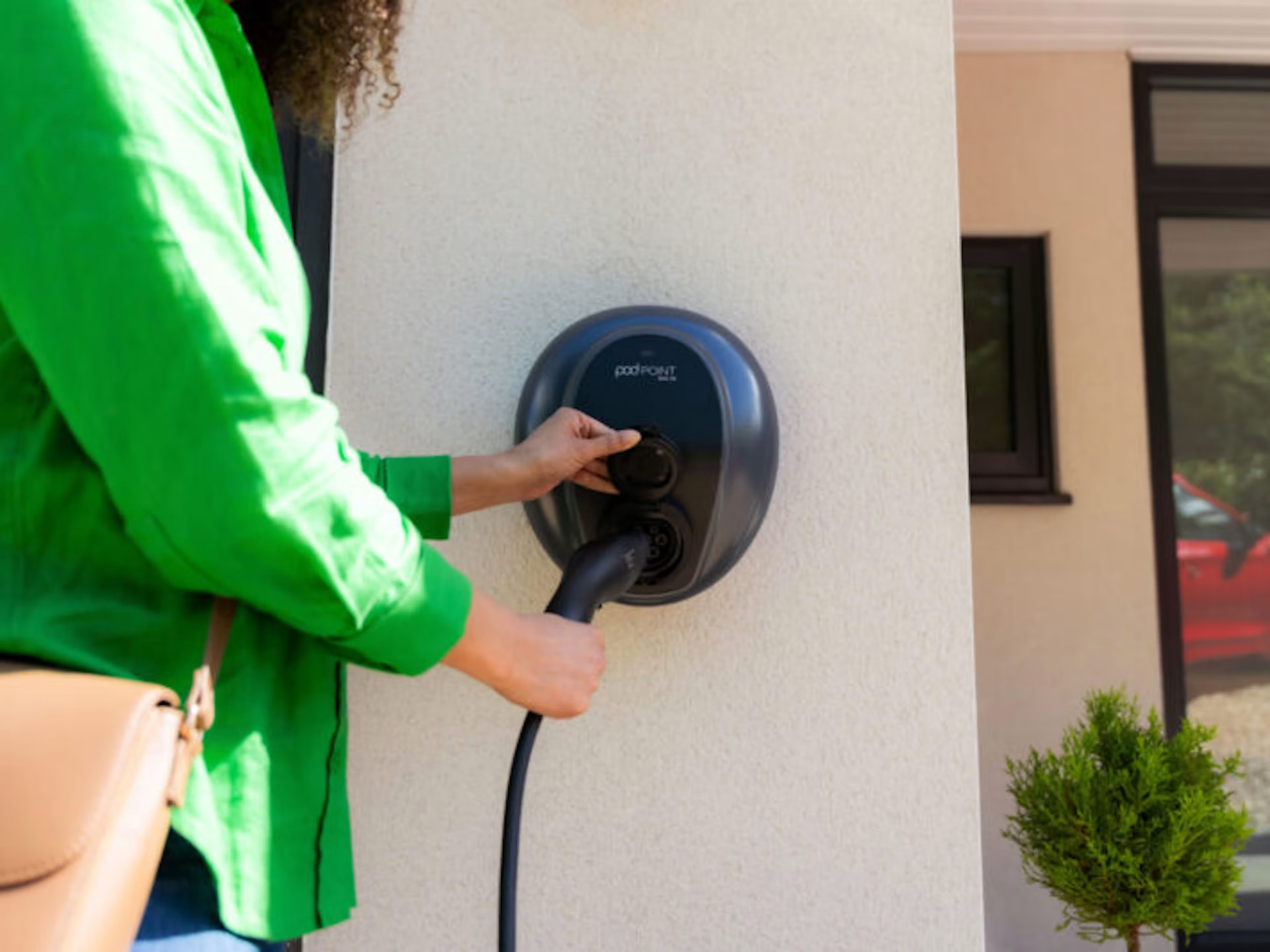Key Takeaways
- Home EV chargers offer greater convenience and cost savings for electric vehicle owners than public charging.
- Innovations in charger technology are making them safer and smarter for residential use.
- Understanding installation requirements, safety considerations, and financial incentives can help homeowners make informed decisions.
- Environmental benefits and potential property value increases are key advantages of installing a home charger.
- Staying updated on local policies and rebates can further reduce the cost and complexity of home charger installation.
Table of Contents
- What Are Home EV Chargers?
- Benefits of Home EV Charging
- How To Choose The Right Home Charger
- Installation Process And Safety Tips
- Energy And Cost Savings
- Environmental And Property Impacts
- Incentives And Policies For Home EV Chargers
- Future Trends And Adoption
What Are Home EV Chargers?
Home EV chargers are purpose-built devices allowing homeowners to charge their electric vehicles directly from their driveway or garage. While public charging stations are essential for on-the-go needs, at-home solutions are designed for daily use and overnight charging convenience. Many modern EV owners invest in Level 2 chargers, which utilize a 240-volt power connection to deliver significantly faster charging times than the standard household outlet. This setup allows drivers to recharge at their own pace and schedule, making residential charging an increasingly popular choice.
With the surge in electric vehicle adoption, EV Home Charger Installation has emerged as a crucial step for homeowners wanting a reliable, safe, cost-effective charging solution. These installations not only optimize EV ownership by offering faucet-like access to power at home but also provide peace of mind and eliminate the uncertainty of finding available public chargers.
Benefits of Home EV Charging
One of the standout advantages of home EV charging is its convenience. Instead of making special trips to public stations or waiting in line when stations are busy, drivers can plug in their vehicle each evening and start the next day with a full battery. For households where routines can fluctuate, this means never planning around charging logistics. Home charging is also far more cost-efficient in the long run than commercial charging infrastructure, as highlighted by the U.S. Department of Energy. Many public chargers charge premium rates, while home electricity rates—especially when paired with off-peak or time-of-use utility plans—can save hundreds annually.
How To Choose The Right Home Charger
Selecting the appropriate home charger involves a few key considerations. Start by evaluating your vehicle’s battery capacity and typical daily driving distance to determine the necessary charging speed. Level 2 chargers are suitable for most drivers as they balance rapid charging and affordability. Many newer models come equipped with innovative features such as Wi-Fi connectivity, remote start/stop, scheduled charging, and energy use monitoring—making it easier to tailor the experience to your lifestyle. Consulting with a licensed electrician is essential to ensure the compatibility of your electrical panel and to guarantee a safe installation process. Homeowners are encouraged to check reviews, utilize online comparison tools, and seek professional advice to identify reliable products that meet current and future needs.
Installation Process And Safety Tips
A certified electrician should always carry out a successful and safe installation, especially for Level 2 chargers, which require a dedicated 240-volt circuit. The electrician will assess your home’s electrical capacity, inspect for adequate grounding, and confirm that the new circuit will not overload your main panel. It’s essential to check with your municipality, as many localities have specific permits and inspection requirements for installing high-voltage equipment at home. Following expert advice—such as that found in Consumer Reports’ charger installation guide—can help navigate the process and avoid common pitfalls, ensuring long-term safety for your household.

Energy And Cost Savings
Charging at home can dramatically lower the total cost of vehicle ownership. Utility providers in many regions offer special electricity rates for EV owners—often called “time-of-use” rates—that reward overnight charging when grid demand is low. These rates can transform the economics of driving electric, turning what was once considered a premium product into a practical, sustainable commuting option. According to Forbes Wheels, charging an EV at home can result in savings that range from several hundred to over a thousand dollars per year compared to gasoline vehicles, depending on local energy prices and travel patterns.
Environmental And Property Impacts
The shift to home-based EV charging substantially reduces household carbon footprints, particularly when homeowners source their electricity from renewables such as solar or wind. Several states now track and reward carbon reductions from personal transportation choices, making clean charging even more impactful. Installation can also enhance your property’s appeal: research suggests homes with EV charging infrastructure are more attractive to sustainability-focused buyers and can command higher sales prices. According to Realtor.com, installing an EV charger is now considered a valuable home upgrade with a lasting impact in competitive housing markets.
Incentives And Policies For Home EV Chargers
Federal, state, and municipal governments increasingly offer robust incentives to encourage the adoption of residential EV chargers. These include direct rebates, tax credits, and reduced permit costs, which can significantly cut total installation expenses. The specifics of incentive programs vary by location and may change year to year, so homeowners should routinely check official government and utility websites for the latest details. Many local utilities also offer tailored incentives and educational materials to help you transition to electric driving as smoothly as possible.
Future Trends And Adoption
The outlook for home EV charging is bright. As technology matures, expect more intelligent, energy-efficient chargers that seamlessly work with solar panels, battery backup, and broader smart home systems. Forward-thinking manufacturers are already introducing models with real-time energy management and predictive scheduling, further integrating EV charging into everyday life. With growing consumer awareness, declining equipment costs, and supportive incentives, analysts predict a continued surge in home charger installations in the coming years. Homeowners who invest early enjoy immediate convenience and savings and position their properties for future value and adaptability in a rapidly electrifying transportation landscape.
Installing EV chargers at home represents more than convenience—it’s a step toward smarter, cleaner living. By offering daily reliability, reducing dependence on public infrastructure, and supporting eco-friendly choices, this upgrade empowers households to embrace sustainability while enhancing comfort, efficiency, and preparedness for the future of transportation.

